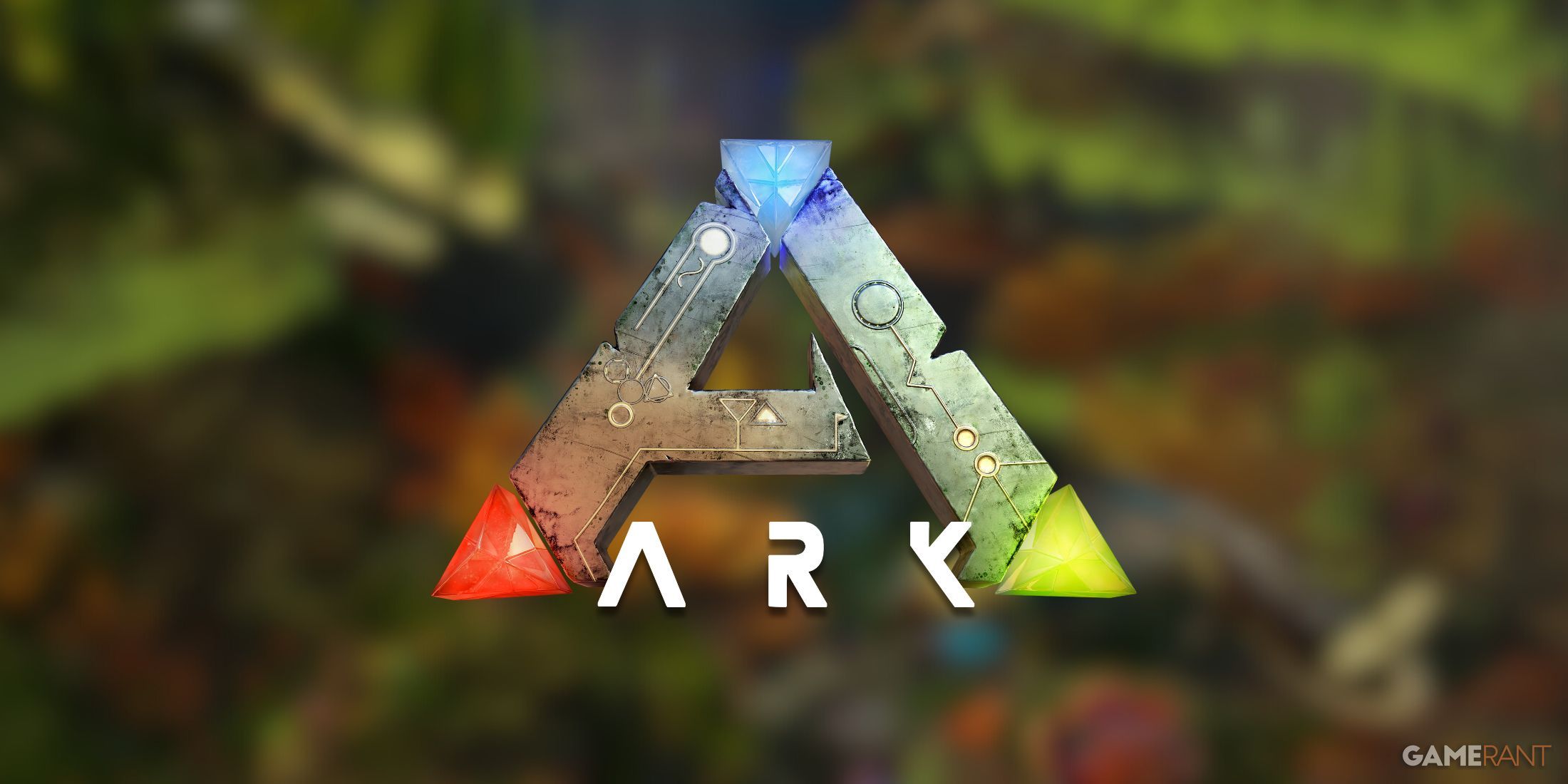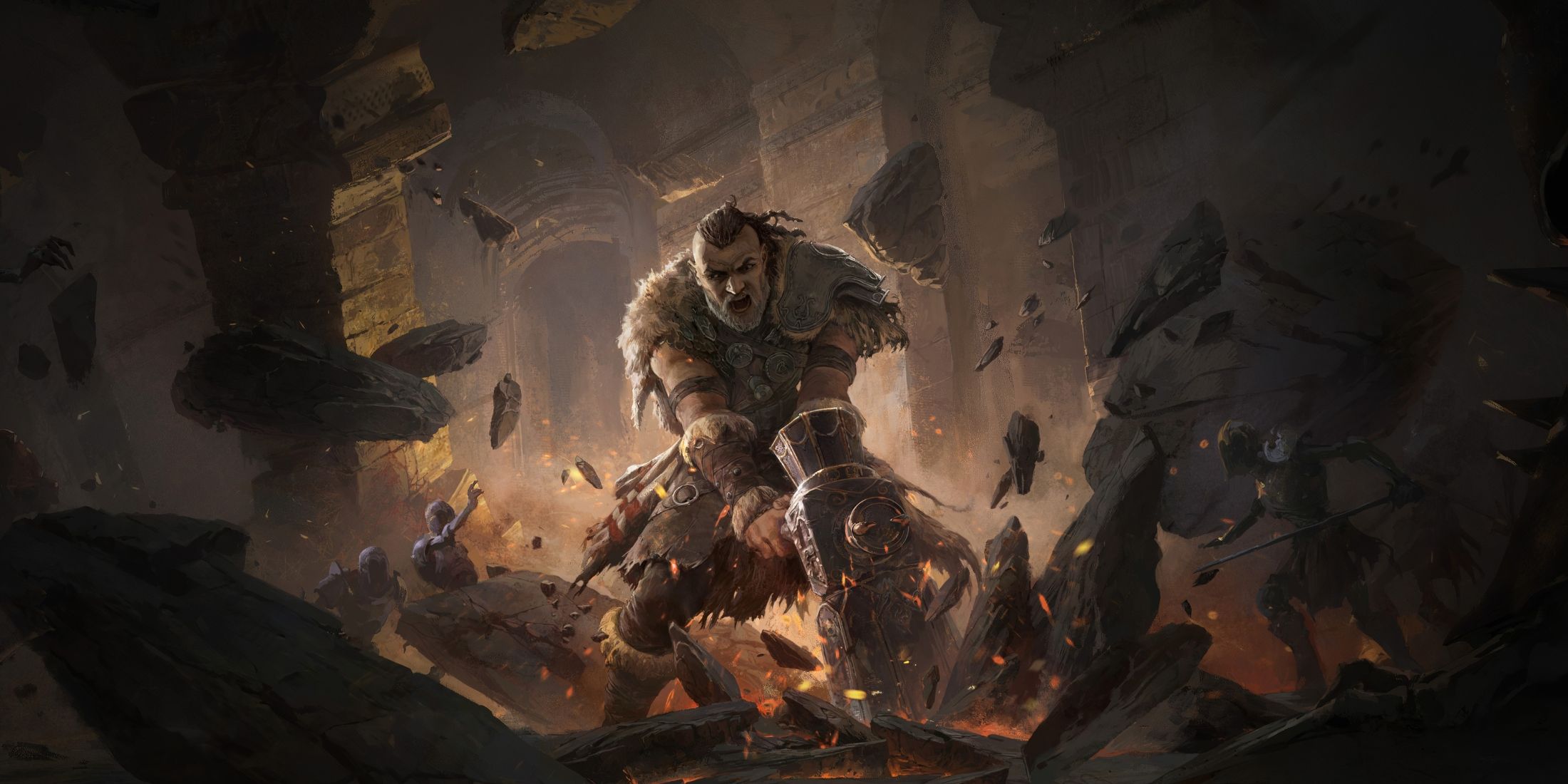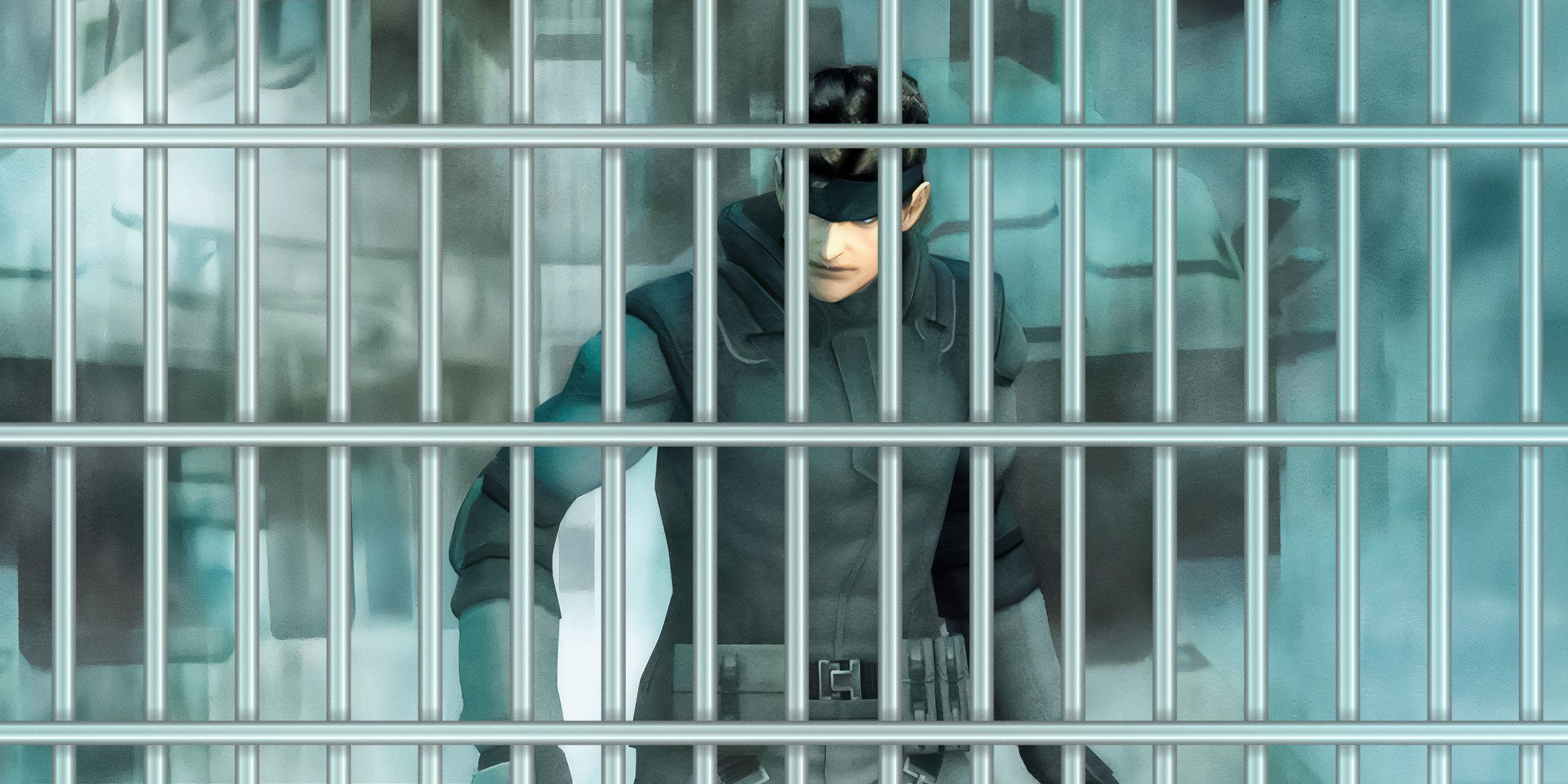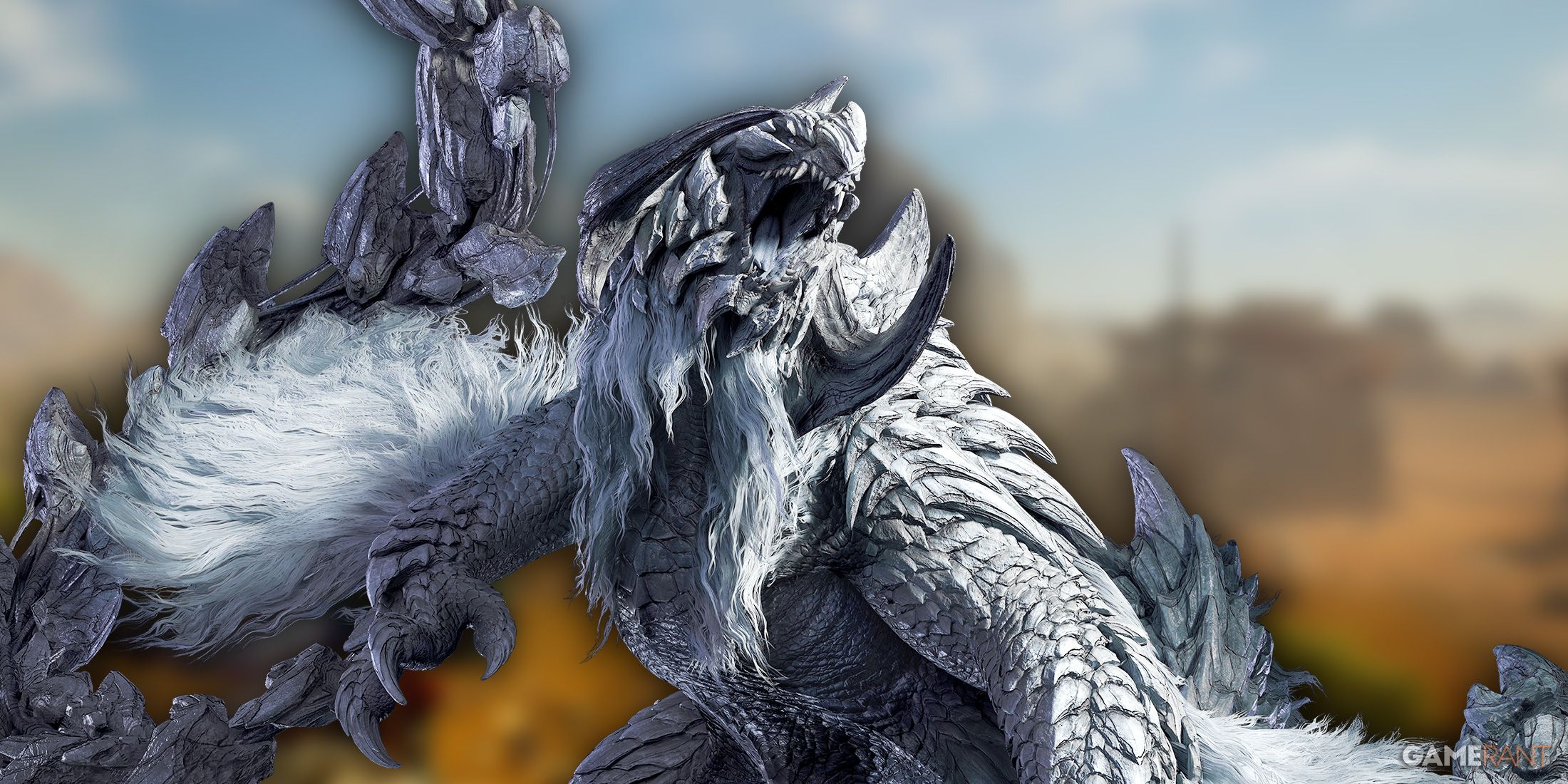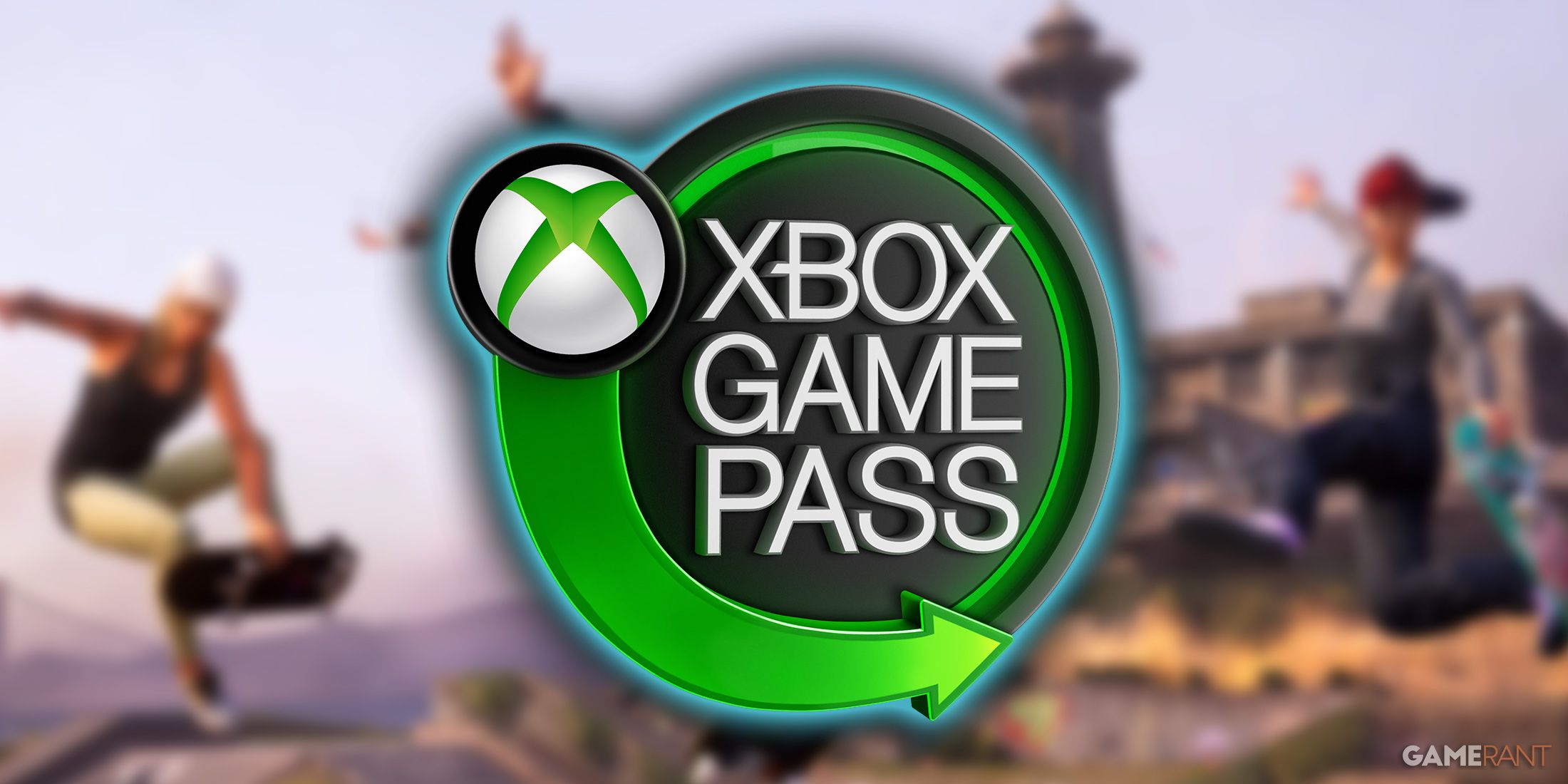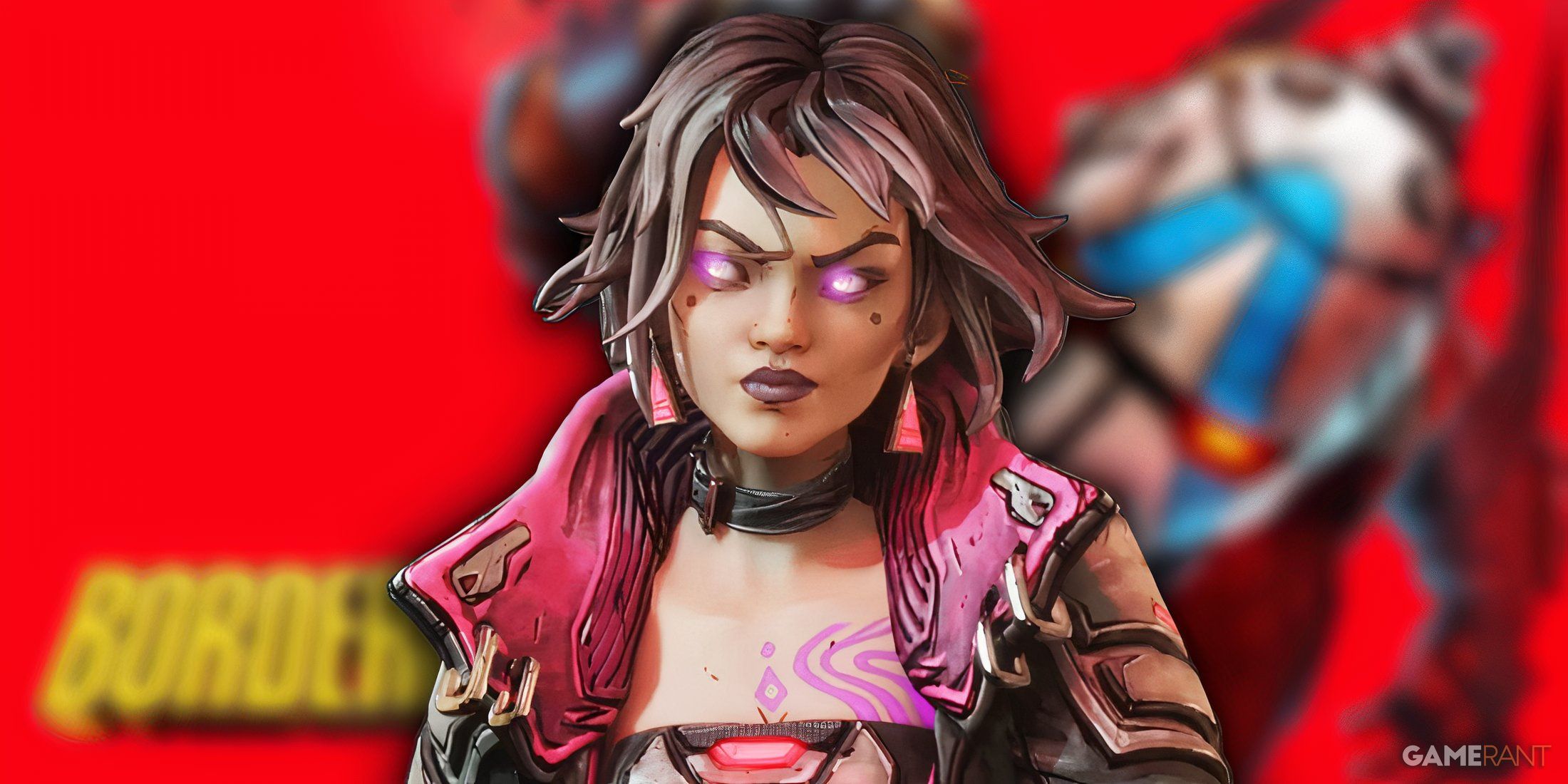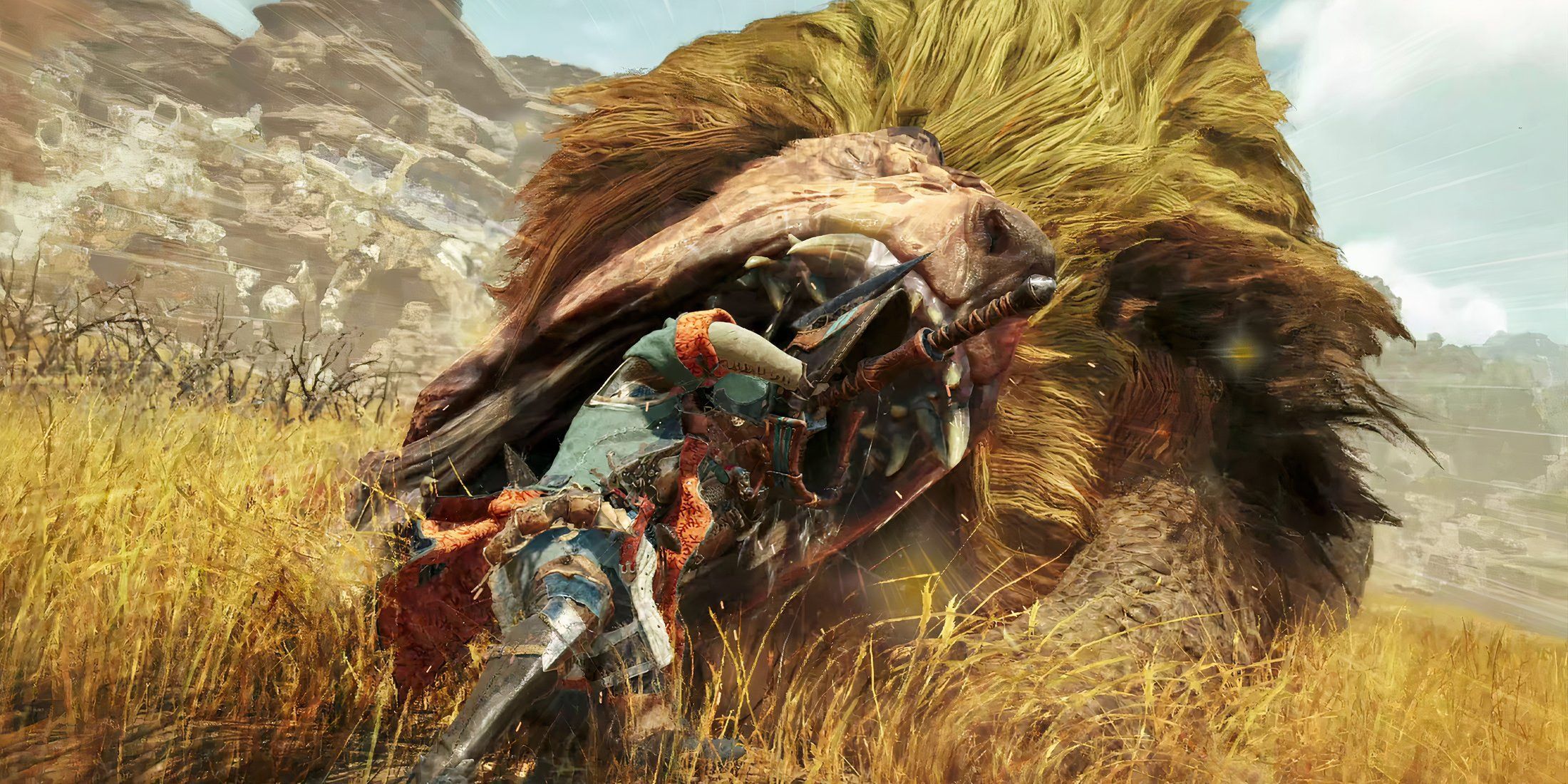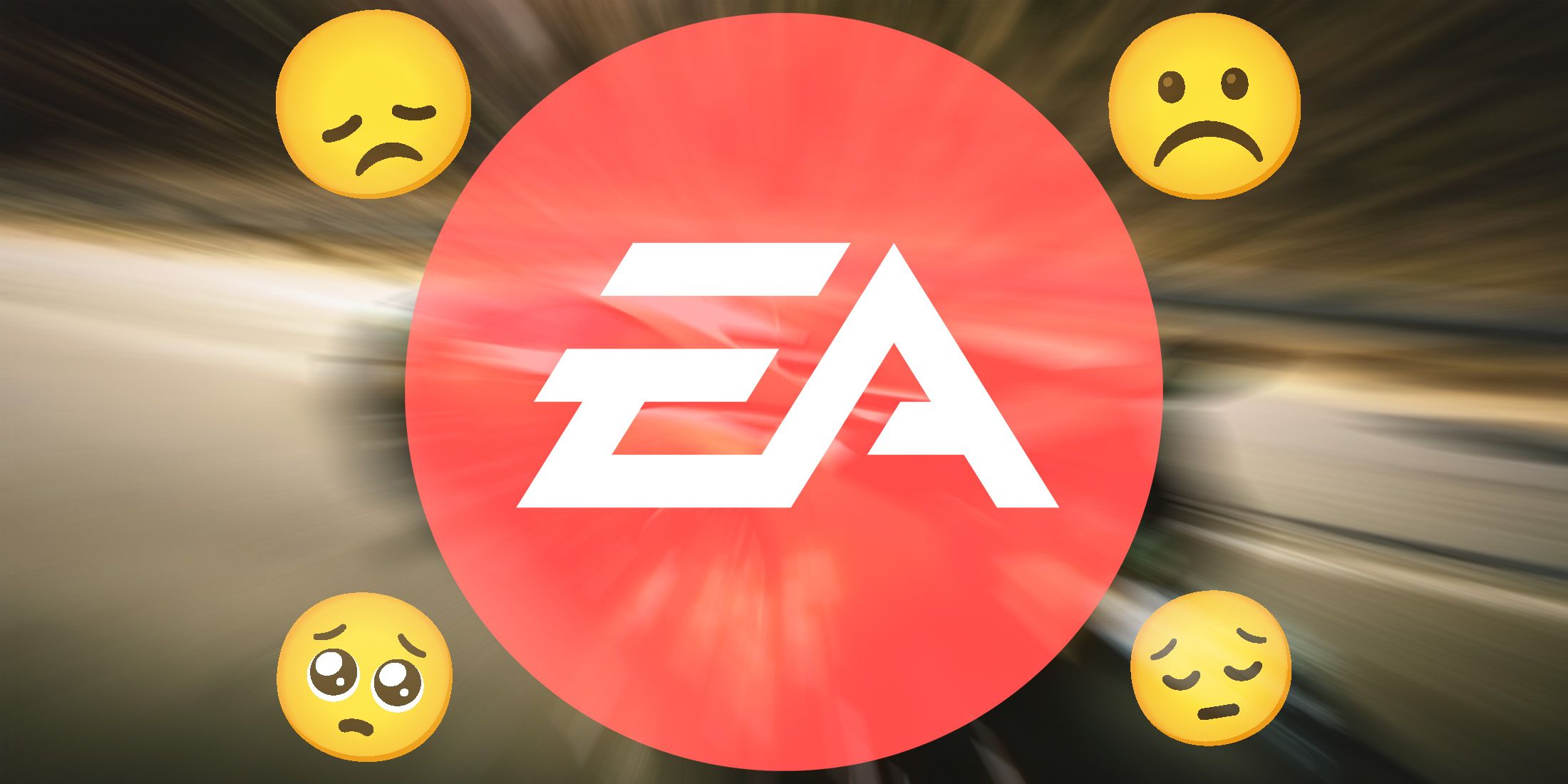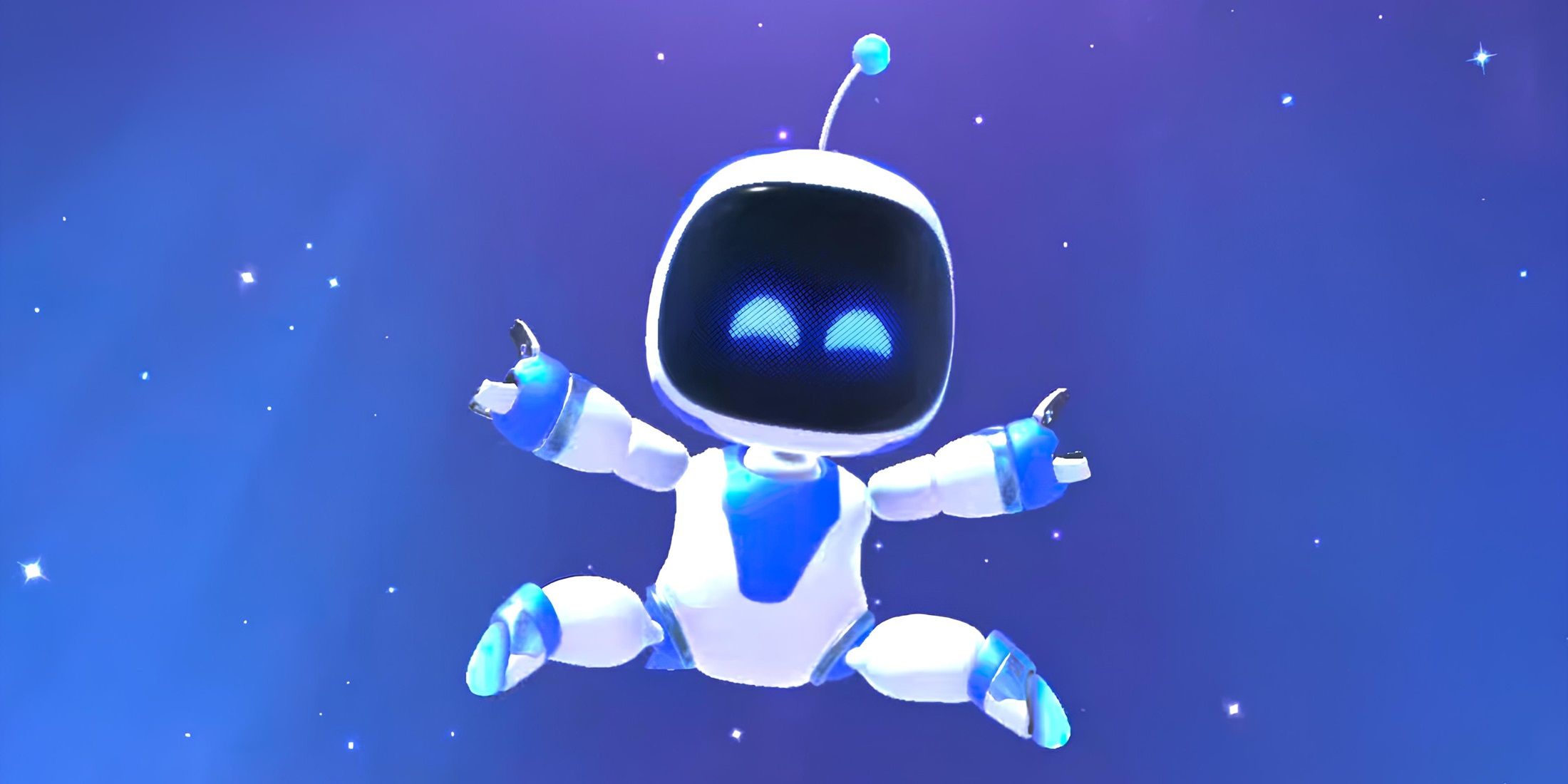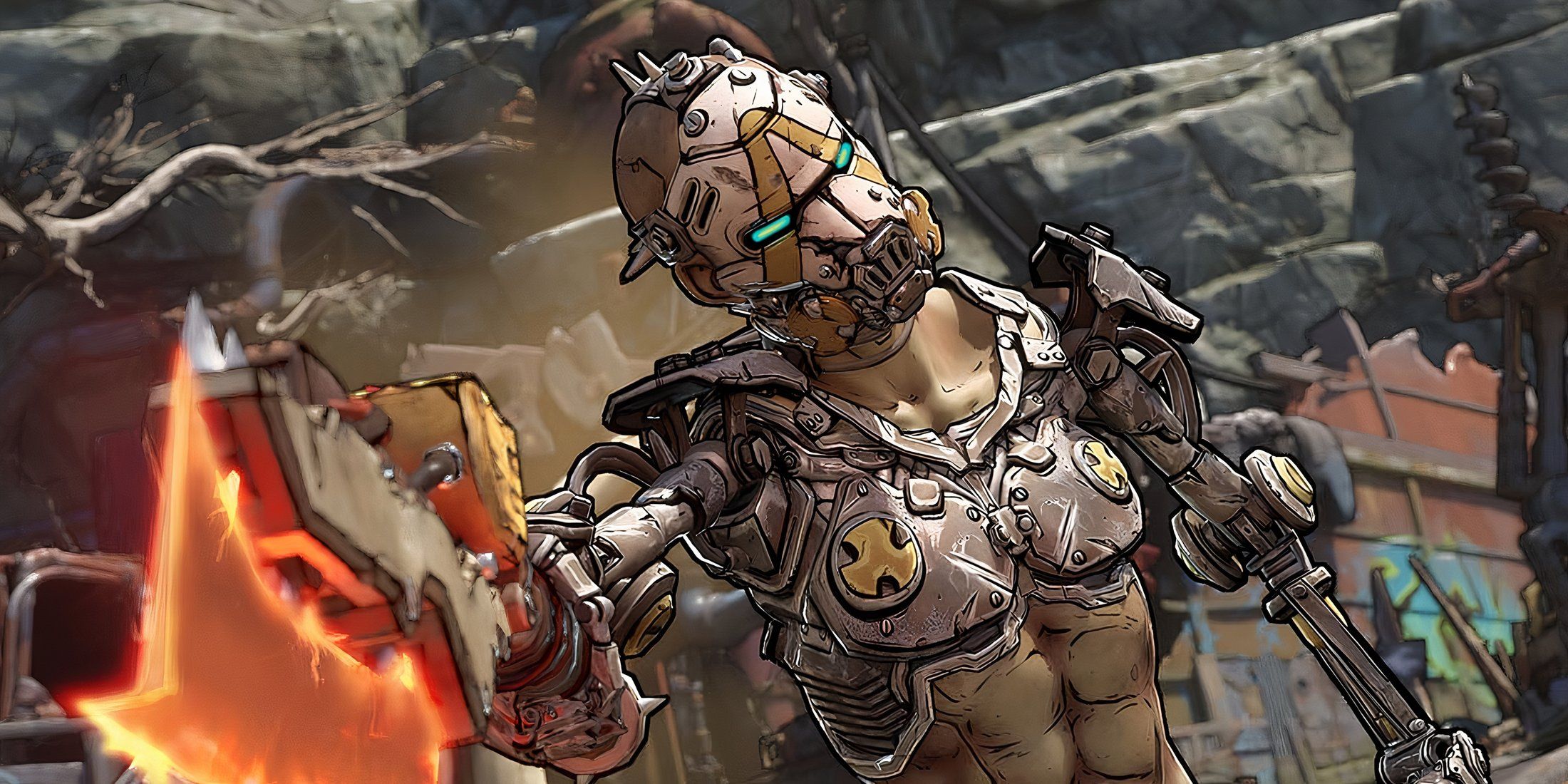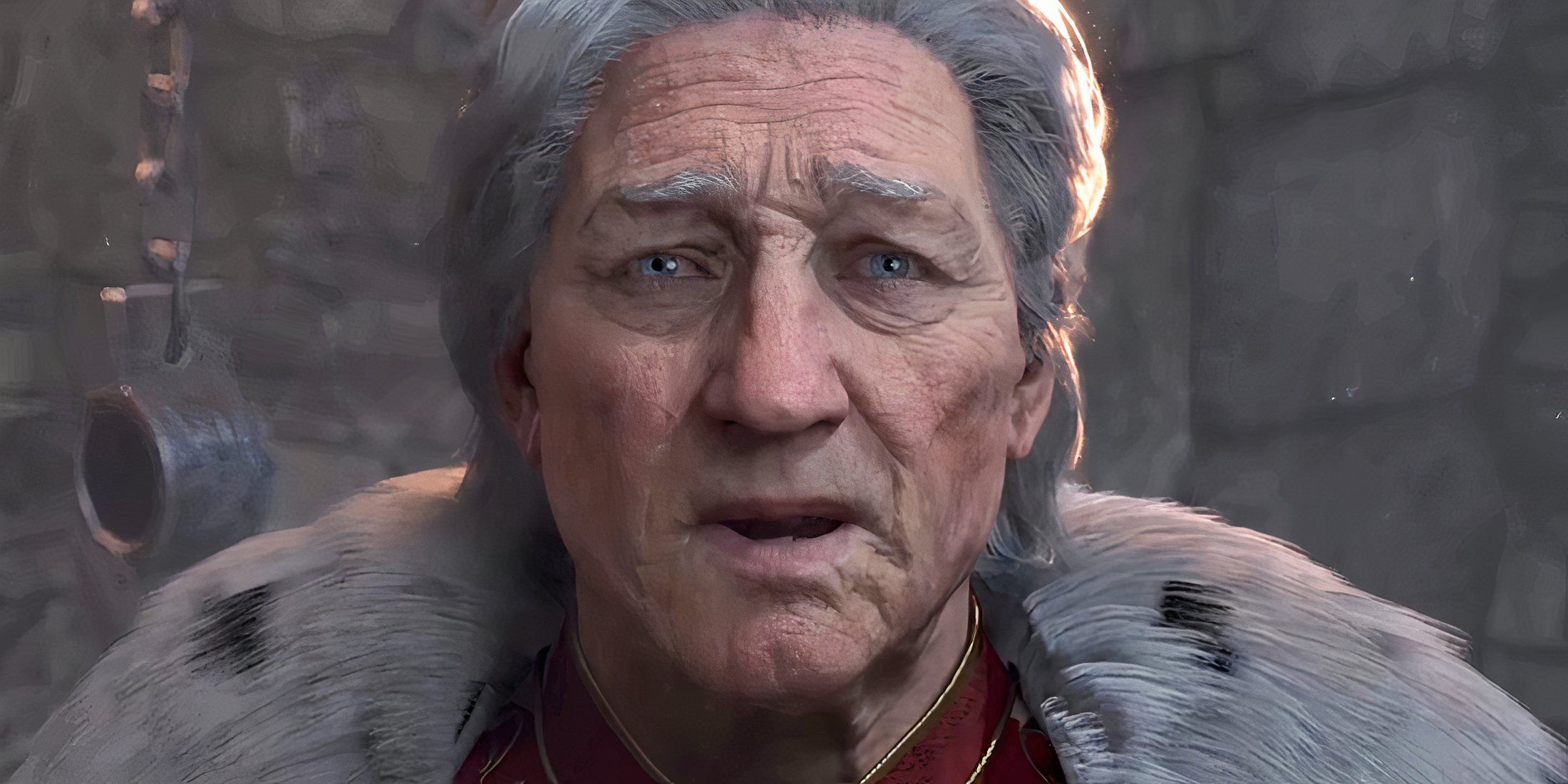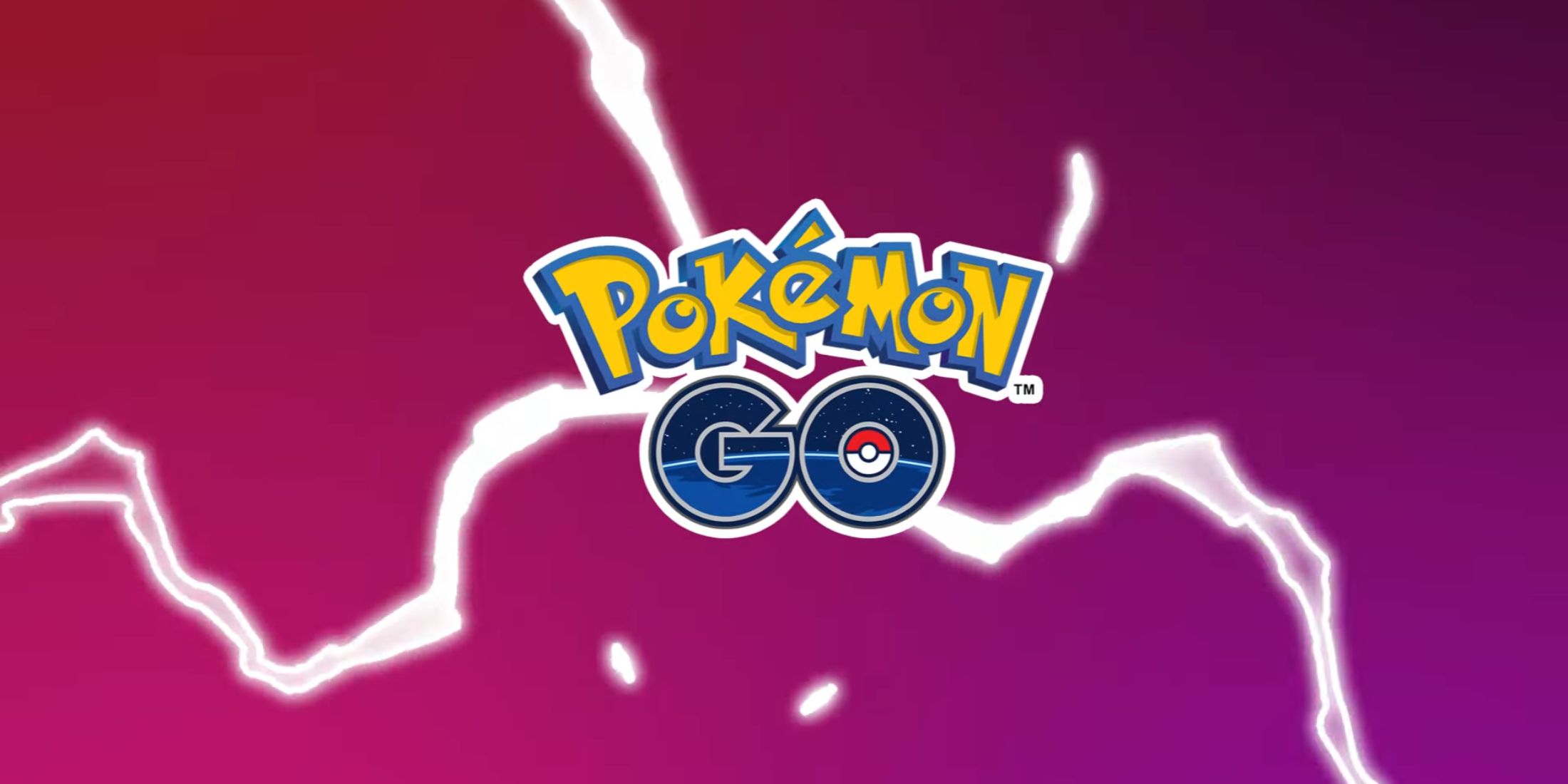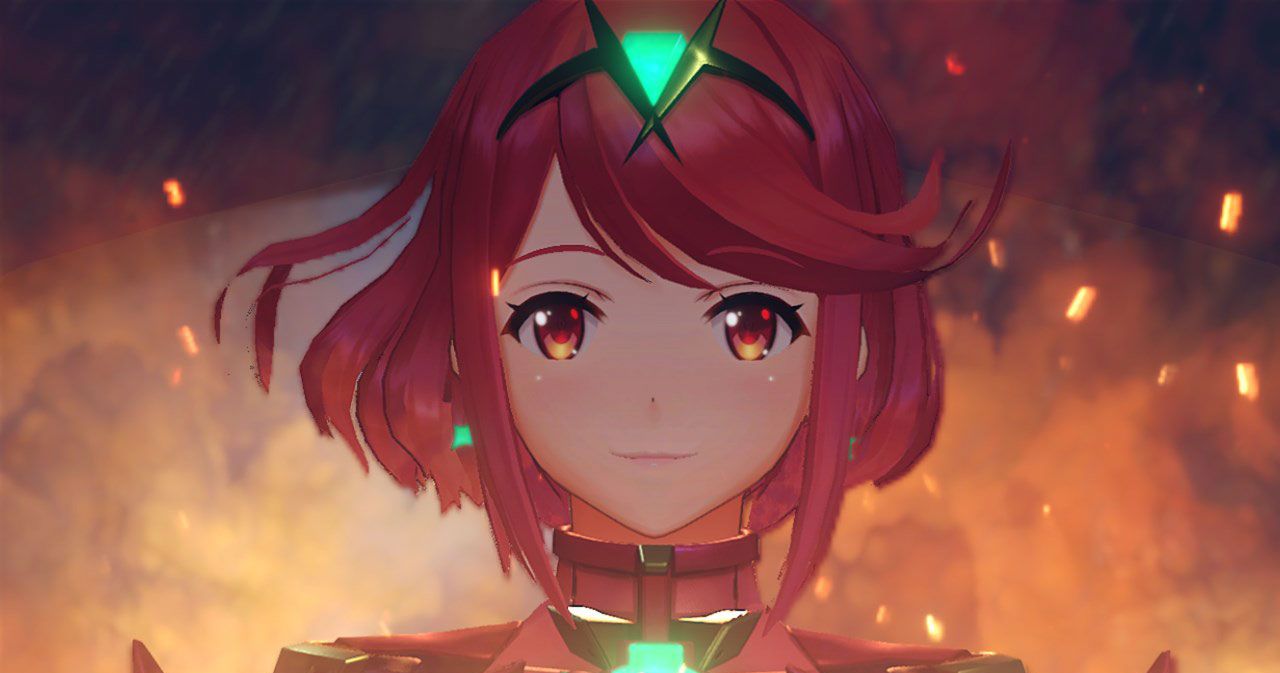
Nintendo is aiming for a very specific audience with its new console Switch.
Generally, when a company produces a new piece of videogame hardware, it publicly predicts a glorious future in which everyone---gamers, non-gamers, Mom, Dad, Junior, Sis, even Uncle Grandpa---owns one and has content they enjoy playing on it. Since this generally never happens, these companies also tend to have a realistic notion of what sort of person their new gaming hardware is aimed at. The proof is in the launch titles: Those games they lead off with aren't randomly chosen, but are aimed at what they see as the device's most likely audience.
Nintendo Switch Releases March 3 For $299Arrow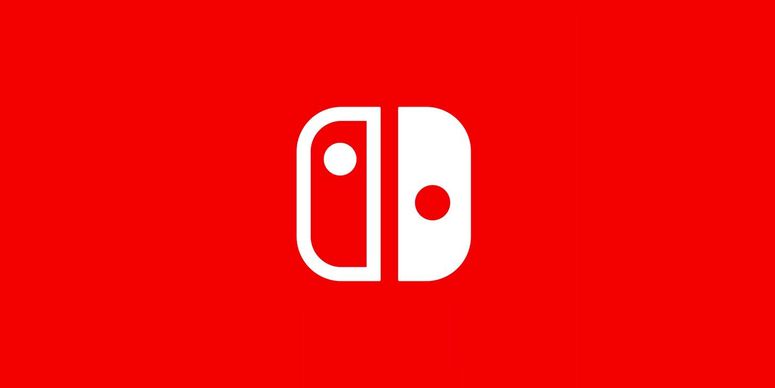 Nintendo’s Boss Promises the Switch Won’t Have the NES Classic’s Supply IssuesArrow
Nintendo’s Boss Promises the Switch Won’t Have the NES Classic’s Supply IssuesArrow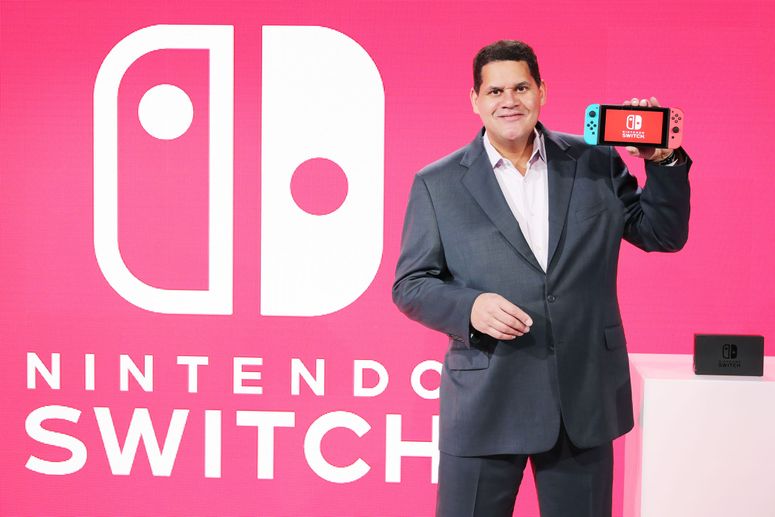 Hands On: Nintendo’s New Switch Console Is Fantastic'But Short on GamesArrow
Hands On: Nintendo’s New Switch Console Is Fantastic'But Short on GamesArrow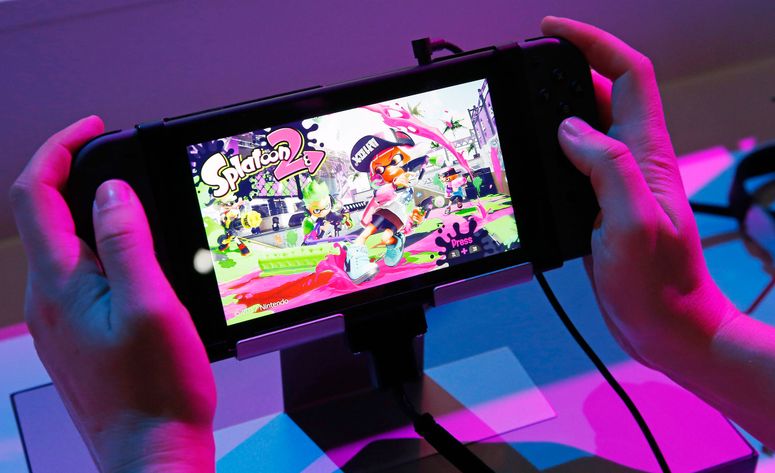
Last week, Nintendo gave the media and some lucky fans the first opportunity to go hands-on with the Switch, its new Nvidia-powered tablet console that can play games on the television and also be taken on the go. The company will launch Switch for $299 on March 3. Just prior to the event, Nintendo unveiled the games that we'll see on the Switch through the end of 2017 and beyond. What most stood out about this big reveal was that it was actually small: Just five games will be released at launch, and only around 30 titles are confirmed for release this year. With a general scarcity of software, and Nintendo's resources at a premium, the lineup on which Nintendo is narrowing its focus is quite fascinating, perhaps even peculiar.
Here's my read on this: With Switch, Nintendo is focusing on what, for lack of a better term, one might call "Nintendo gamers"---die-hard aficionados of its franchises who also enjoy games in a similar vein, like Japanese role-playing games, puzzle games, and retro-styled games. From all appearances, so far it's been a full-court press to scoop up this particular flavor of gamer.
This is less obvious a move than you'd think, considering that "Nintendo gamers" were at best a secondary concern for the company at its last two console launches. Wii launched in 2006 with a focus on the "expanded audience," with lots of motion-controlled, easy-to-play party games for the whole family. Wii U in 2012 began with a dramatic attempt to win back the Call of Duty gamer, with a significant focus on Mature-rated, bloody action game franchises. The former tack was a huge success for Nintendo; the latter a big swing and a miss.
The Truth: It's in the GamesLook at the announced list of Switch games, though, and you'll barely find a single title that would fit into either of those buckets. Instead, it's packed with Nintendo fan bait: a single-player Mario game that Nintendo bills as the true successor to the "sandbox" style Mario of Super Mario 64, an open-world Zelda, the RPG Xenoblade Chronicles 2, a sequel to the cutesy J-pop paint shooter Splatoon.
On the third-party front, we've got Japanese publishers bringing back some of the hottest franchises of the 1990s (Sonic the Hedgehog, Street Fighter II, and Bomberman) to Switch, all with throwback-styled graphics. Tons of Japanese role-playing games were announced during the event as well, with Square Enix making a particularly big push onto the platform with its Dragon Quest series. Nintendo's also gone out and signed a few key indie games that share its sensibilities, like the cel-shaded adventure game Rime and a cartoony RPG called Has-Been Heroes.
It's a weird thing. This is the first Nintendo console launch since the GameCube in 2001 in which the company's top priority is die-hard fans.

